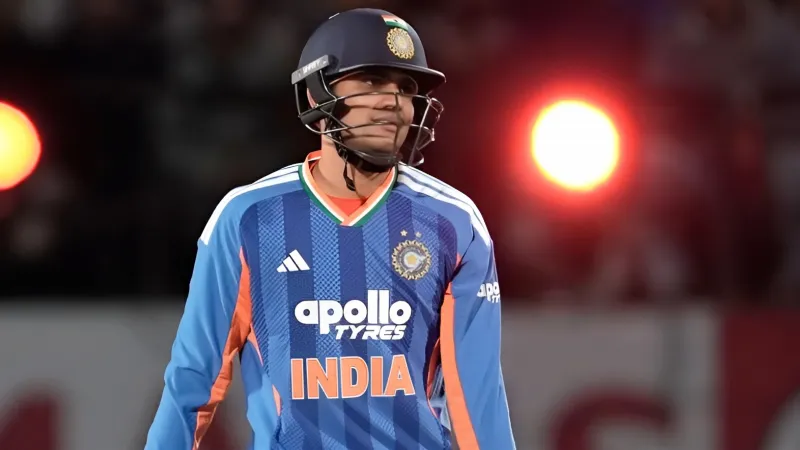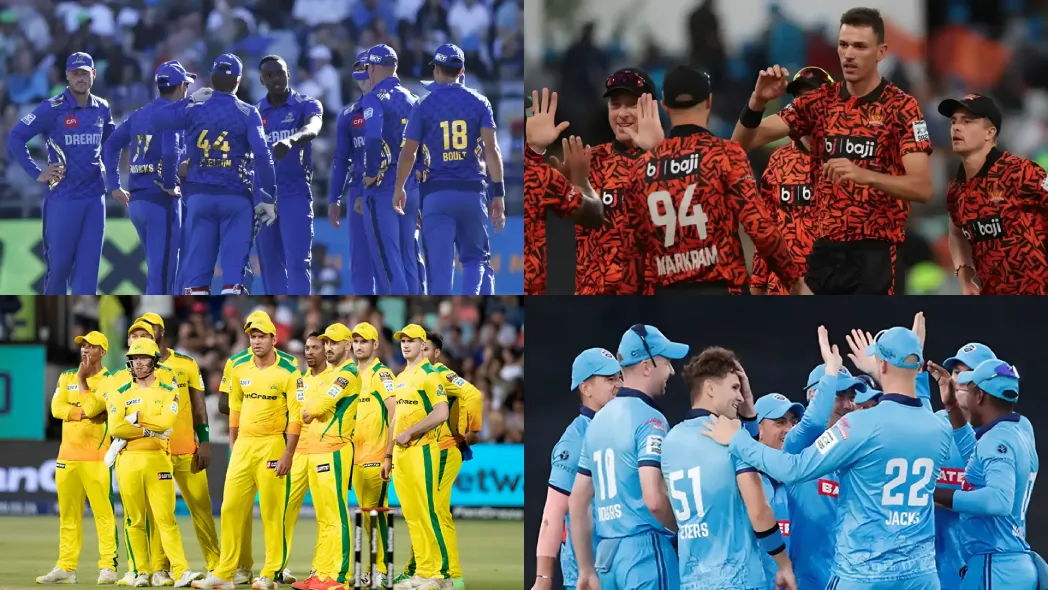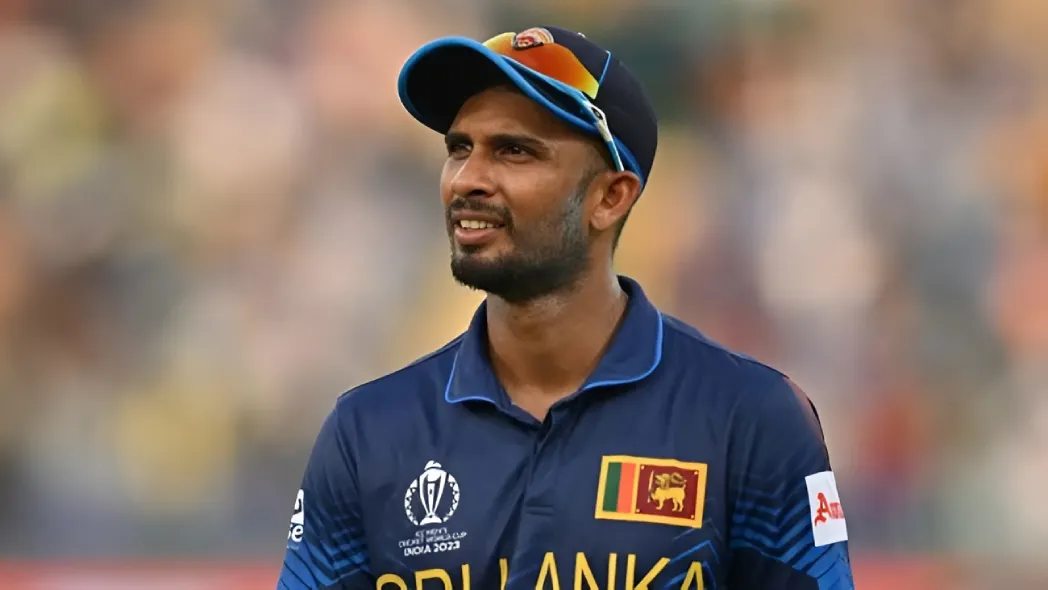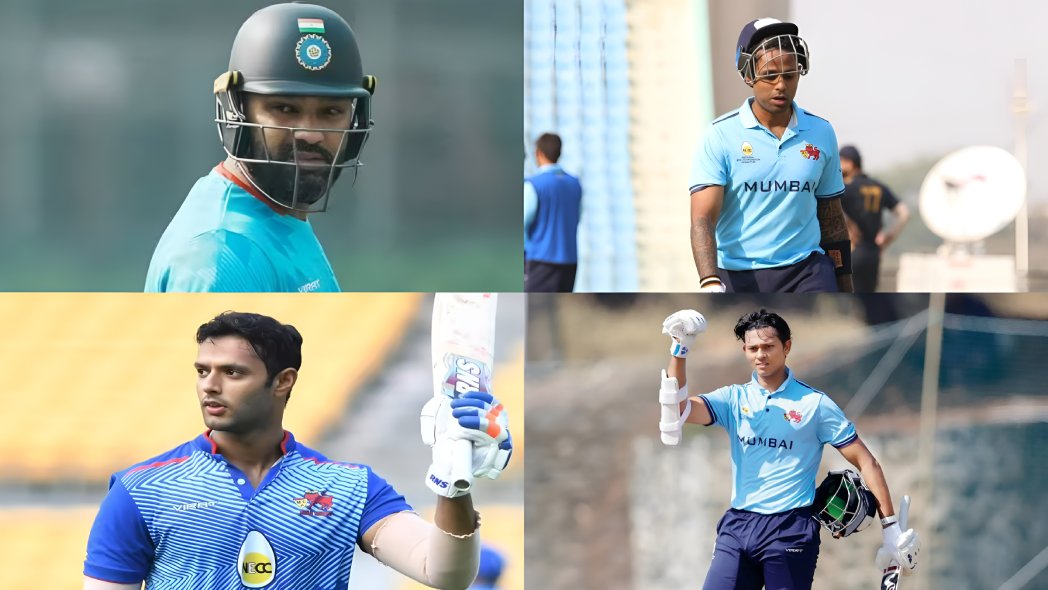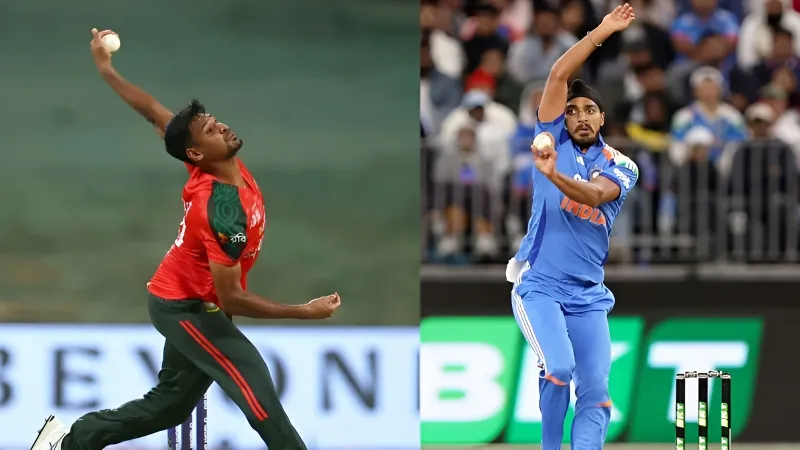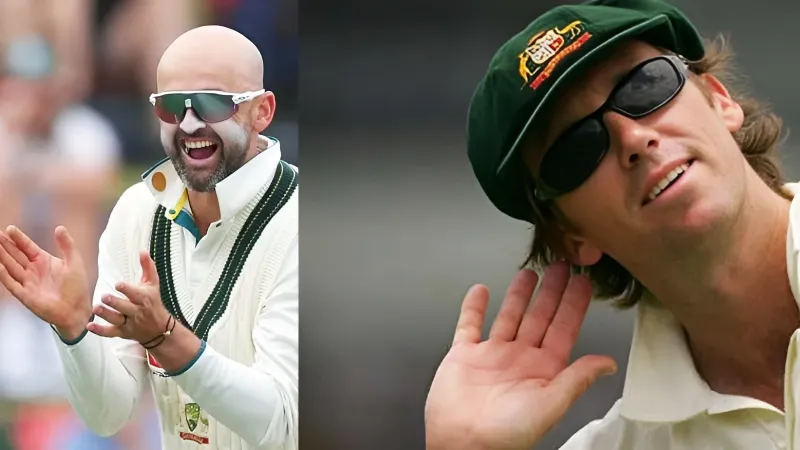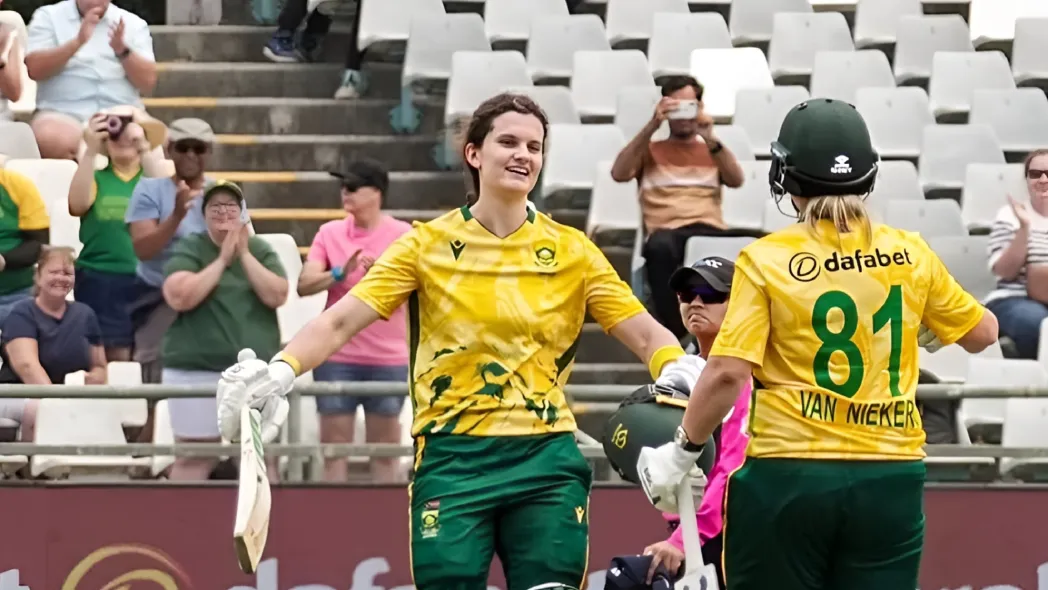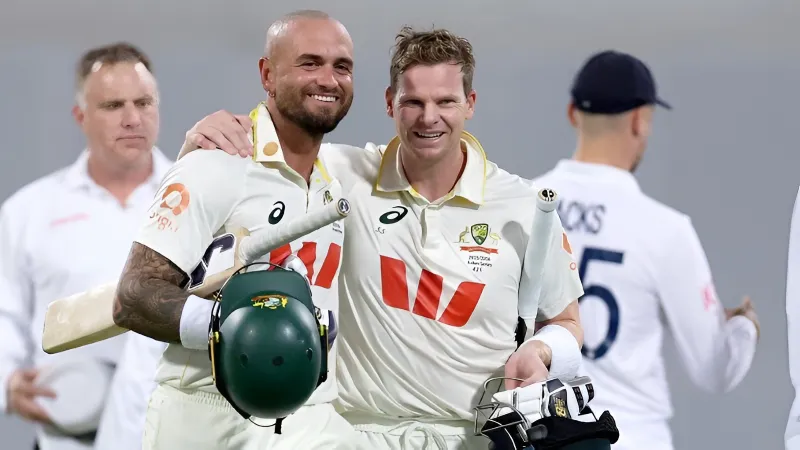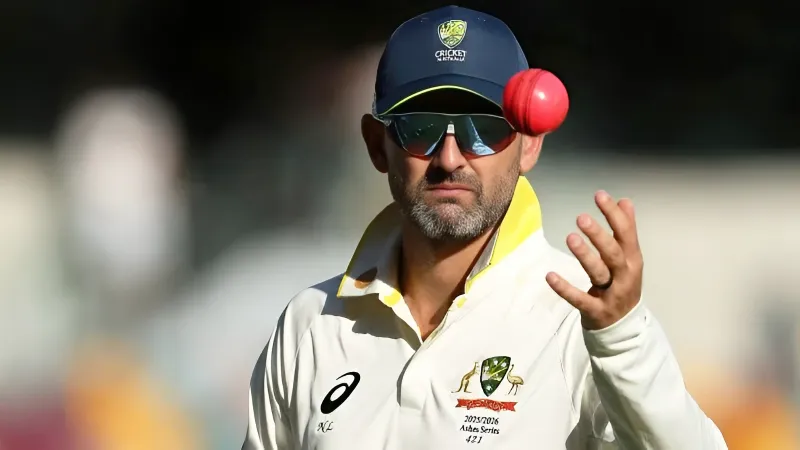Every few years, cricket throws up a question so absurd that it suddenly starts sounding logical. This week’s version arrived courtesy of Tim David, Axar Patel, and one towering 129-meter missile in Hobart. The ball landed somewhere near Tasmania’s next postcode, India won the game, and Irfan Pathan started a conversation that could change T20 scoring forever: Should a monster six be worth more than six?
If that sounds like a gimmick, remember, cricket has reinvented itself more than any traditional sport. ODIs shrank from 60 to 50 overs, powerplays reshaped scoring, T20 changed batting forever, and T10 arrived before we had time to argue. Pathan’s logic is simple: if a 49-meter top-edge and a 129-meter nuke are worth the same, are we really rewarding skill, strength, and risk the right way?
And as he pointed out, value matters. Because if this rule ever sees daylight, power-hitters won’t just be match-winners, they’ll be economic assets.
Distance-Based Runs Challenge T20’s Balance
Pathan’s argument isn’t random hype; it’s a question of fairness. A 100m+ six demands cleaner swing mechanics, better bat speed, and far more risk. Yet it receives the same reward as a mistimed shovel that barely crosses the rope. In a sport obsessed with “risk versus reward,” this feels like an imbalance, especially now that boundary sizes vary dramatically across venues.
Power-Hitters Become Strategic Weapons Overnight
If an eight-run or ten-run six enters the rulebook, players like Tim David, Heinrich Klaasen, and Andre Russell become more than luxury hitters; they become tactical trump cards. Every team would restructure its death-overs blueprint, prioritizing hitters capable of clearing 100 meters at will. Bowlers, meanwhile, would live with a constant nightmare: one missed yorker could be worth nearly two boundaries.
Bowling Plans and Fielding Patterns Would Mutate
Bowlers currently defend the long side; with distance-based runs, that logic flips. Captains may be forced into new field placements, slower balls into the pitch may lose value, and death-overs economy rates could balloon. The psychological pressure on bowlers, already intense in T20, would spike dramatically. A mistake ball becomes an eight- or ten-run swing.
Cricket’s Rulebook Has Never Been Sacred
From the 2005 powerplay experiment to the switch-hit debates to ODIs losing an entire decade of overs, cricket has always modernized under pressure. Even the introduction of the white-ball pair in 2011 changed batting forever. Pathan’s idea isn’t radical by cricket’s standards; it’s consistent with the sport’s evolution. Like the shift from Test purists scoffing at T20 to now coaching franchise leagues, every “crazy idea” eventually finds its home. And distance-based runs may simply be the next frontier.
Irfan Pathan’s proposal feels wild today, but so did DRS, T20 leagues, and boundary ropes on wheels. The sport has always followed entertainment, and entertainment has always followed innovation. An eight-run six will spark chaos, thrill, and strategic reinvention, exactly what T20 was built for.
Will it happen tomorrow? No. Will it happen someday? The way power-hitting has become cricket’s currency, it’s more likely than most people think.
And if it does arrive, players like Tim David won’t just be power-hitters; they’ll be the most feared financial assets in a franchise auction. Cricket may not be ready today, but the idea is already knocking on the door.
Key Takeaway
Big hits deserve big rewards, and T20 cricket may soon be bold enough to accept that.
FAQs
1. Why did Irfan Pathan suggest extra runs for long sixes?
He believes a 100m+ six requires greater skill and risk, so the reward should reflect that.
2. How would this rule affect T20 strategy?
Bowling plans, field placements, and batting roles would dramatically shift toward maximizing power-hitters.
3. Why does India benefit from Hazlewood and Head’s absence?
Australia loses experience and control, especially Hazlewood, who dominated India in the second T20I.
Disclaimer: This blog post reflects the author’s personal insights and analysis. Readers are encouraged to consider the perspectives shared and draw their own conclusions.
Step into the world of cricket with JeetBuzz News—where expert opinions, trending Blogs, and behind-the-scenes insights meet all your favorite topics. Stay informed, stay entertained, and never miss the stories shaping the cricketing world—only on JeetBuzz News!



